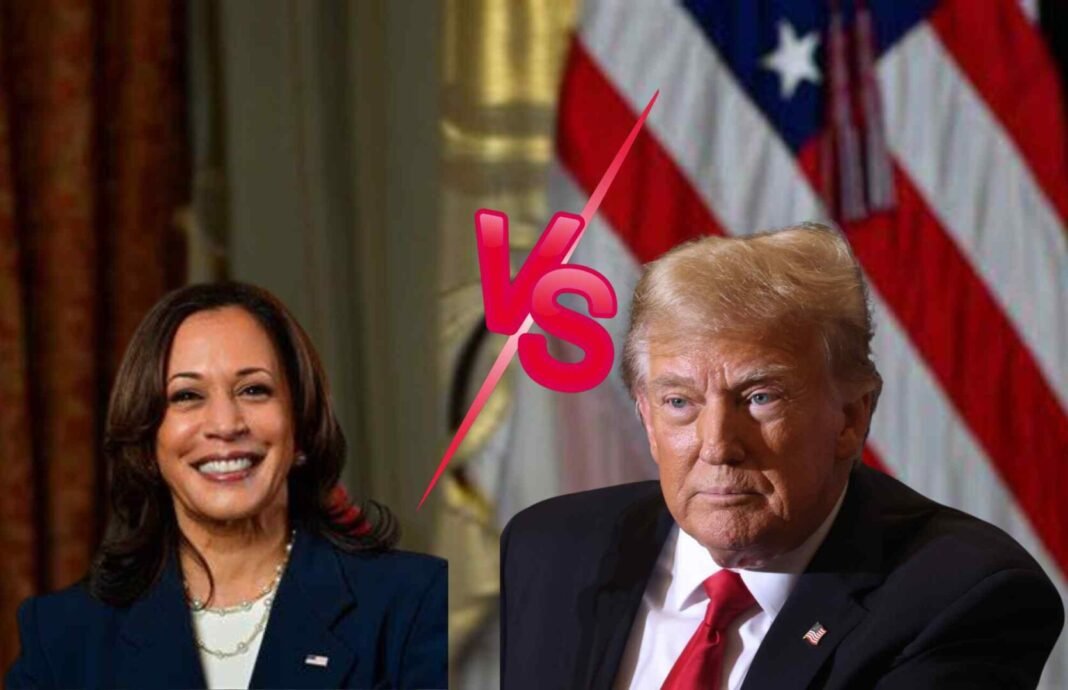Managing money can sometimes feel like trying to herd cats—keeping everything in order is a challenge. One strategy people use to tame their finances is opening multiple bank accounts. But does this approach help you manage your money better?
The Benefits of Multiple Bank Accounts
- Better Budgeting: Multiple bank accounts can help you create a more detailed and effective budget. By dedicating separate accounts for different purposes—like bills, savings, and discretionary spending—you can see where your money is going and avoid overspending.
- Enhanced Savings: Multiple accounts can be an excellent way to save for specific goals. You can set up separate accounts for emergencies, vacations, or big purchases. This separation keeps your savings organized and makes tracking your progress toward each goal easier.
- Avoiding Overspending: When you have a dedicated account for discretionary spending, you can limit yourself to spending only what’s in that account. This makes it easier to control impulse purchases and stay within your budget.
- Financial Discipline: Having separate accounts encourages financial discipline. It forces you to allocate your money thoughtfully and stick to your spending plan. This can lead to better financial habits over time.
- Simplified Bill Payments: Setting up an account specifically for bills can simplify your monthly payments. By keeping all your bill money in one place, you ensure that you always have enough to cover your expenses and avoid accidental overspending.
How to Set Up Multiple Bank Accounts
- Identify Your Needs: Determine the specific purposes for which you need separate accounts. Common categories include bills, savings, emergency funds, and discretionary spending.
- Choose the Right Accounts: Look for accounts that offer benefits tailored to your needs. For example, high-yield savings accounts are great for long-term savings, while checking accounts with low fees are ideal for everyday spending.
- Open the Accounts: Most banks allow you to open multiple accounts online. Fill out the necessary forms and set up your accounts according to your plan.
- Set Up Direct Deposits and Transfers: Arrange for your paycheck to be directly deposited into the appropriate accounts. You can also set up automatic transfers between accounts to ensure that your money is allocated correctly each month.
Potential Drawbacks
While multiple bank accounts offer several advantages, they also come with potential drawbacks:
- Complexity: Managing multiple accounts can be complicated and time-consuming. Keeping track of various accounts requires careful monitoring and regular maintenance.
- Fees: Some banks charge fees for maintaining multiple accounts. Ensure that you’re aware of any associated costs and choose accounts with low or no fees to minimize expenses.
- Minimum Balance Requirements: Some accounts have minimum balance requirements. Failing to meet these requirements can result in penalties or fees, so it’s important to keep track of your account balances.
Strategies for Effective Management
- Use Technology: Take advantage of online banking and mobile apps to monitor your accounts in real time. Many banks offer budgeting tools and alerts to help you stay on top of your finances.
- Regular Reviews: Conduct regular reviews of your accounts to ensure that you’re meeting your financial goals and staying within your budget. Adjust your allocations as needed to stay on track.
- Simplify When Possible: If managing multiple accounts becomes overwhelming, consider consolidating accounts or adjusting your approach. The goal is to make managing your money easier, not more complicated.
Real-Life Examples
To illustrate how multiple bank accounts can work in practice, let’s look at a few examples:
- Sarah’s Story: Sarah is a freelance graphic designer who struggles with irregular income. She opens three bank accounts—one for bills, one for savings, and one for discretionary spending. By allocating a portion of each payment to her bill account, she ensures that her essential expenses are always covered. The savings account helps her build an emergency fund, while the discretionary account allows her to manage her day-to-day spending.
- John and Lisa’s Plan: John and Lisa are a married couple saving for a house and a vacation. They open separate accounts for each goal. Each month, they automatically transfer a set amount from their joint checking account into their house savings and vacation accounts. This approach helps them stay focused on their goals and track their progress.
Multiple bank accounts can indeed help you manage your money better, provided you use them effectively. By creating dedicated accounts for different purposes, you can improve your budgeting, enhance your savings, and avoid overspending. However, it’s essential to be mindful of potential drawbacks, such as complexity and fees.






